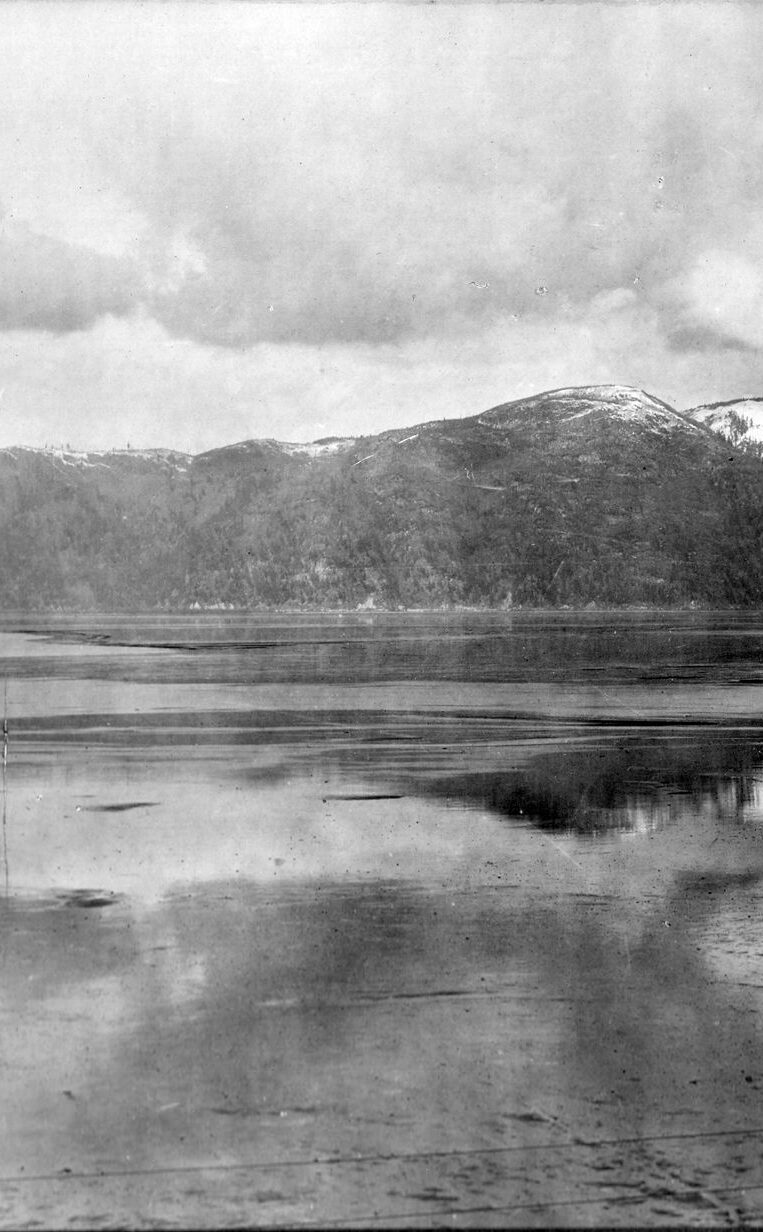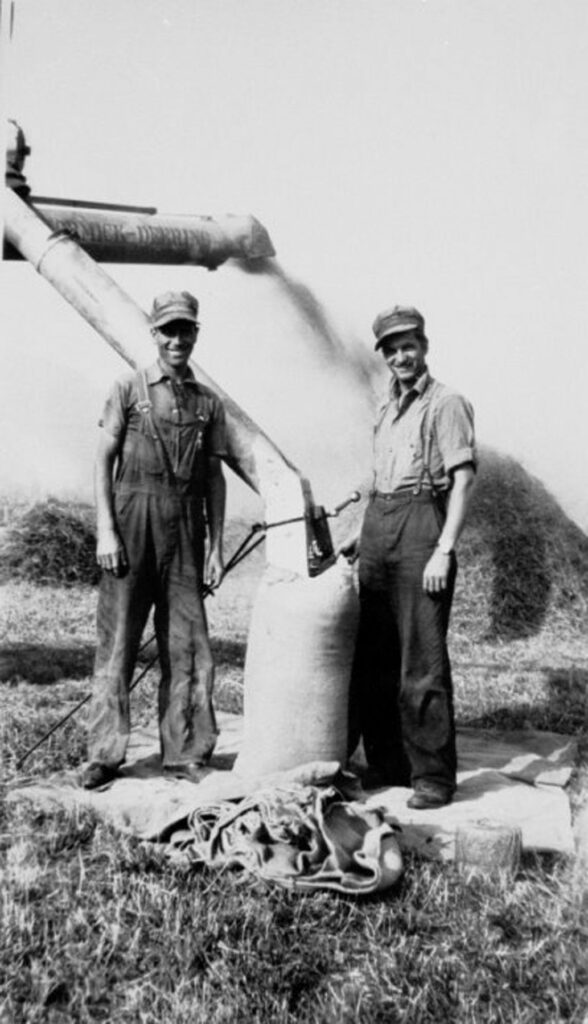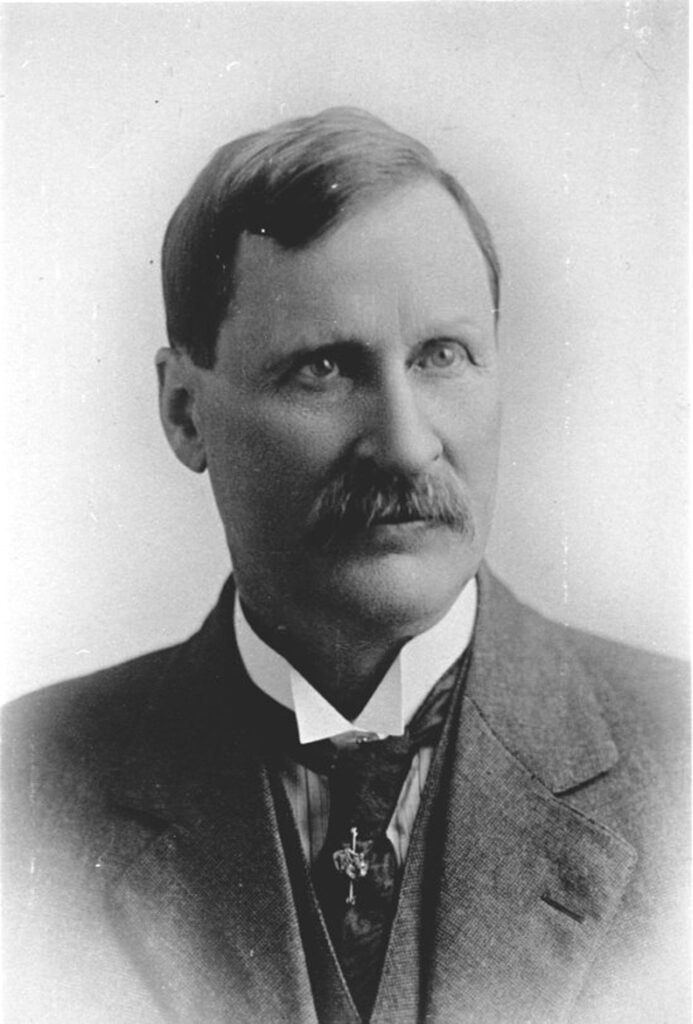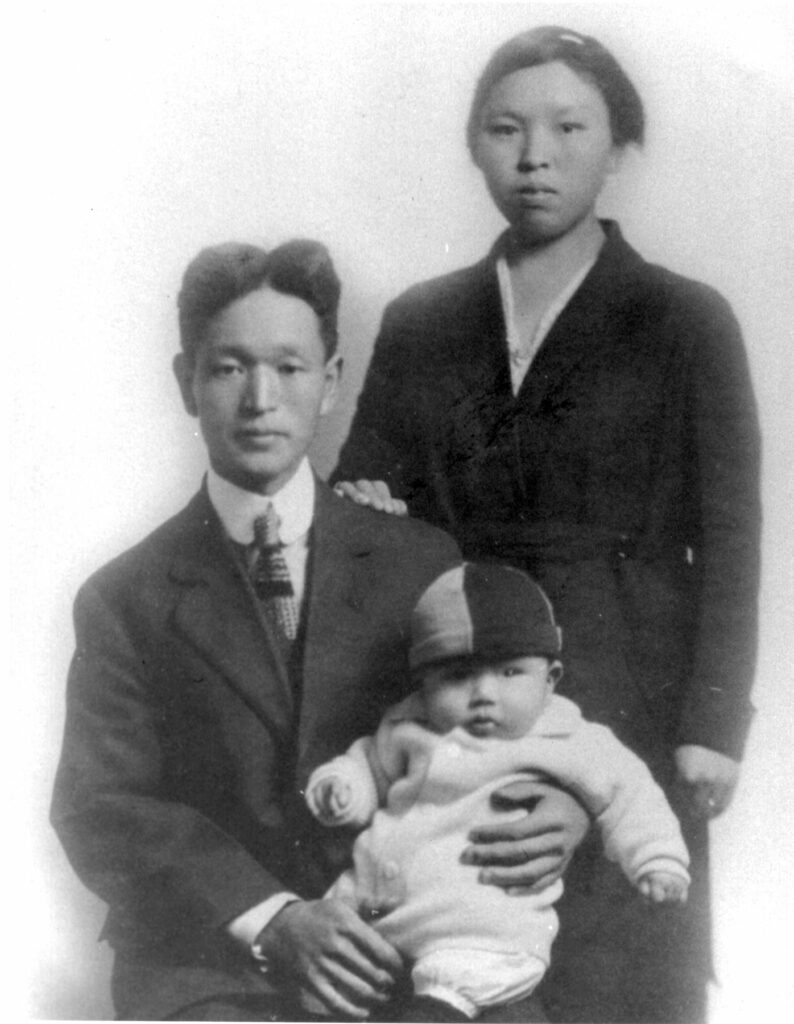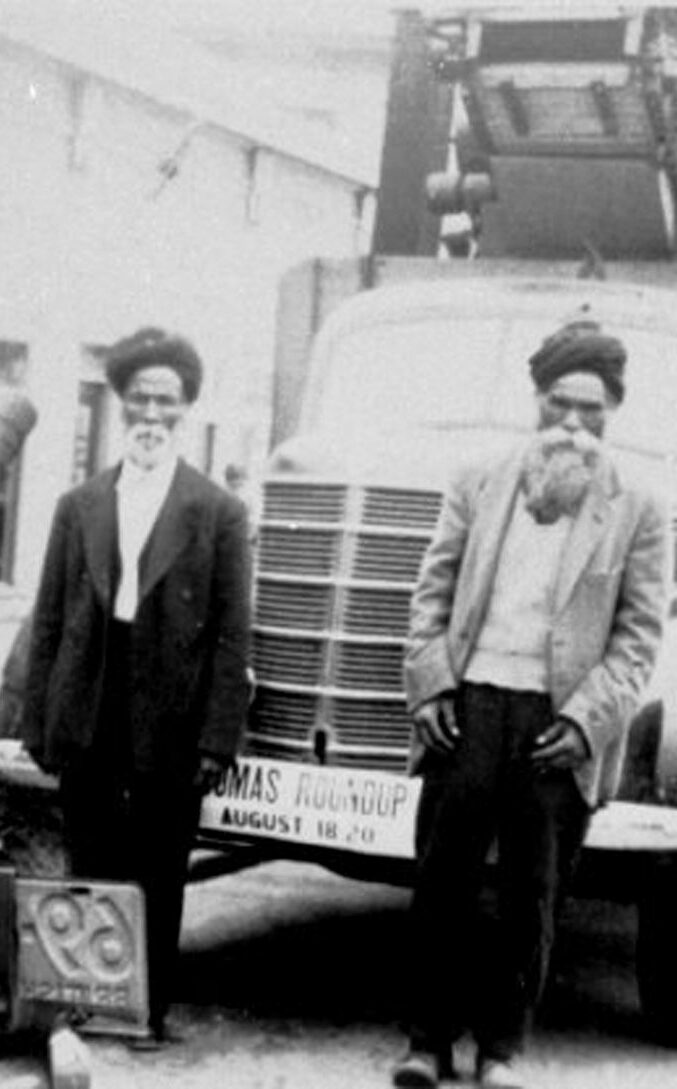This website looks at the difficulties that faced 5 distinct communities within the confines of Modern Abbotsford, including the towns and villages of Clayburn, Abbotsford, Clearbrook, Matsqui, and some smaller groups such as Yarrow and Arnold. These communities are the Sema:th, Mennonite, Colonist, Japanese, and South Asian. Each of these groups faced different effects related to the great depression. The differences are briefly described below and you can click on the photos to go to pages with more information on what the community looked like and what they faced in the depression.
The Sema:th had the Sumas Lake stolen from them shortly before the great depression and were forced to live on a small segment, reserve, of their ancestral territory.
The Mennonites were immigrating both from the prairies, which suffered from the dustbowl, and from Russia, which was undergoing political turmoil. to start over in Abbotsford.
The colonist settlers, often British, were most effected by the economic downturn of great depression and worried about unemployment rates and immigration.
The Japanese came to Abbotsford in the twentieth century to begin farming and milling. During the depression they were fired from the Abbotsford mill to retain white jobs.
Similar to the Japanese, the South Asian came to Abbotsford to begin farming and milling. During the depression they were fired from the Abbotsford mill to retain white jobs.
